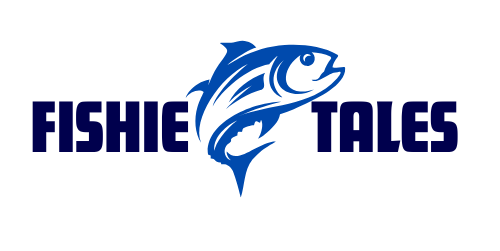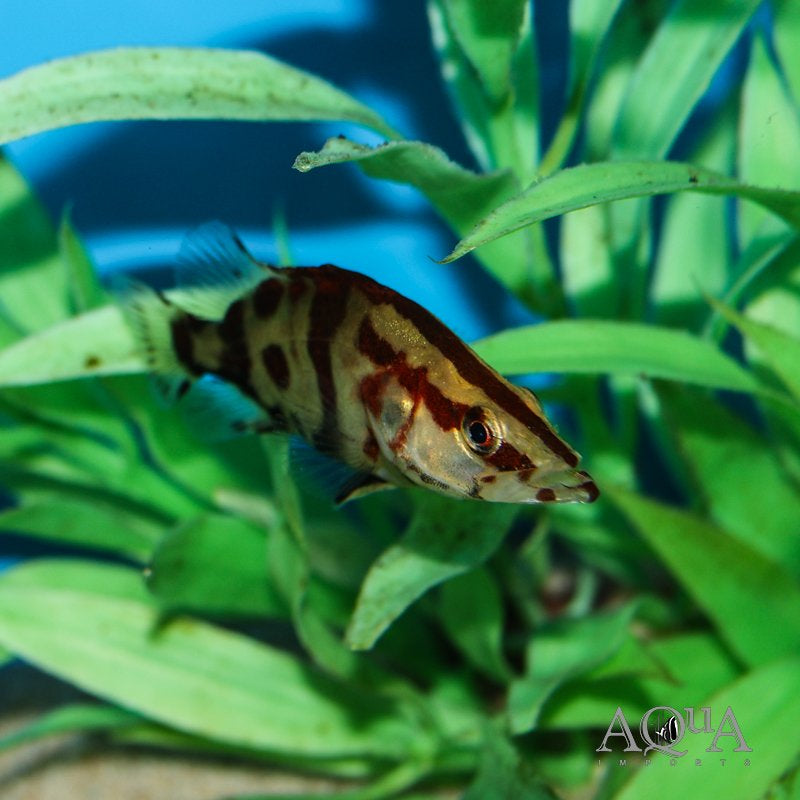Chinese Perch “Red Stripes” (Siniperca chuatsi) 8-15 cm
-
Estimated Delivery:Jan 17 - Jan 21
-
UPS Next Day Air Shipping Charges 65$

Chinese Perch “Red Stripes” (Siniperca chuatsi) 8-15 cm
A robust, elongated freshwater fish known for its shimmery brownish-yellow body adorned with dark blotches and pronounced stripes running through the eye and along the lateral line. Some selective captive-bred variants show intensified red or orange fin accents—hence “red stripes.” Its large mouth and rows of sharp teeth mark it as an effective ambush predator.
Tank Setup:
-
Very large tank required—think 400 L+ for even small specimens to ensure comfort and natural behavior.
-
Include dense planting, heavy driftwood, and rock structures for hiding.
-
Ensure excellent filtration and aeration; strong water movement isn't necessary, but oxygen-rich conditions are critical.
-
Secure, sturdy lid to prevent escape.
Water Conditions:
-
Temperature: can stay inactive near 1–5 °C but feeding starts above 15 °C; breeding occurs above ~21 °C—optimum growth between 20–24 °C. pH: neutral to slightly acidic or alkaline (approx. 6.5–7.5)
-
Water clarity and quality are paramount—prefer clean, well-oxygenated, and structured water columns.
Diet:
-
Strict carnivore: feeds on moving live prey—small fish, shrimp, and other live aquatic animals. Bass-shape or fry are typical targets.
-
Does not accept static or dead food unless conditioned; live feeding is standard in both farming and aquarium settings.
-
Behavioral note: in high-density farm settings, they can become cannibalistic if not well-fed.
Behavior & Tankmates:
-
Demersal ambush predator—quiet, lurking, with sudden bursts to catch prey.
-
Aggressive and territorial; best kept alone or with much larger, robust tankmates in very large systems. Not suitable for community tanks.
Breeding & Lifecycle:
-
Breeding begins once water exceeds approx. 21 °C—the wild fish spawn in flowing water at night during warmer months.
-
Females mature at ~2 years (≥21 cm), males at ~1 year. They produce tens of thousands of eggs, which are semi-pelagic in current.

